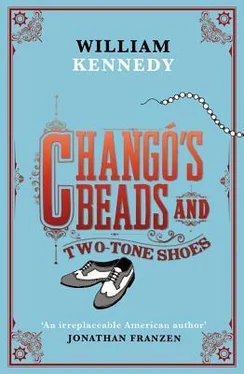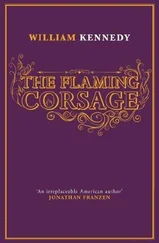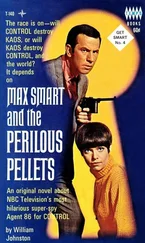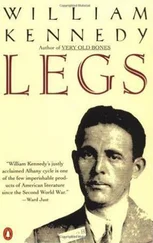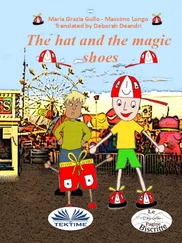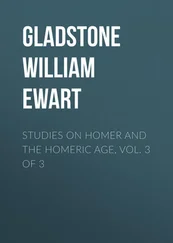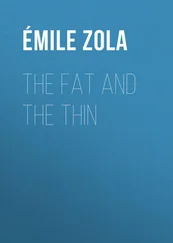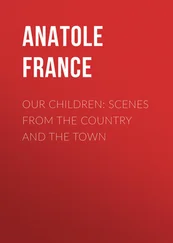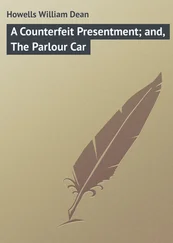“Hey, Tremont,” Matt said, “these shoes are killing me.”

Quinn alerted Jake to Tremont and the AR-15 being in police custody and recapped Tremont’s odyssey, plus his own role in the surrender to Doc Fahey and as a witness to Zuki saying the AR-15 was his. Jake would go to the detective office and find out if Tremont was being charged and get him bail if he was. But, Quinn said, they might think this is too serious for bail and hold him as a terrorist with half a dozen witnesses to his plot. It’s possible, Jake said, but I doubt it.
Quinn went to the Times Union and alerted Markson at the city desk what he had in store for him. Then he draped his sport coat on the back of his chair and wrote his interview with Alex as fast as he could type, modifying the Mayor’s hostility to the Brothers but reflecting the duel between them. He wrote a few paragraphs on the frenzy in the Palace lobby and what it added to the city’s tension, as an insert for the story on the dead youth that another reporter was writing. He also wrote the protest/vigil story, leading with Tommy Tooher’s revelation that the bishop was too ill to silence Matt for his politics, and he put in two calls to Monsignor Callaghan, the diocesan chancellor, until his housekeeper said the monsignor wasn’t home and wouldn’t be and he wouldn’t talk to you if he was, so write whatever you want; a lovely touch that would further boil the pot on Matt’s behalf.
Markson came over to Quinn’s desk. “Tell me again about the riot. You don’t have a riot story?”
“It’s part of Tremont’s story,” Quinn said. “I can do a separate riot story if you want one, but Tremont’s the main story — his biography as an activist with Better Streets and the Brothers, and the Zuki plot to destroy the Brothers — how all this related to the riot. I’ll get the action of the riot up high, don’t worry. But the riot isn’t the story, it’s Tremont. He’s central to what’s happening in this town tonight, and Matt Daugherty is his white counterpart, the pair of them on an odyssey of Franciscan politics and leftover jazz. If you can stand it I’ll work in Trixie’s stilettos and her fire extinguisher. I also want to underpin the political culture of the twenties with Big Jimmy the floating ward leader and his progressive coon anthem from 1911, and tie in the McCall-Fitzgibbon machine’s bulldozer politics as manifested tonight by the faux assassination plot, with Tremont as its victim, a wild man with an AR-15 given to him by a provocateur who wanted him busted with it to prove the Brothers were urban terrorists, and that’s the FBI at work and I know you won’t print that, but that’s what it has to be. But we don’t need it. The victim foiled that plot, coming out of the alley where he’d hidden the gun and calming the riot with his shooting.”
Markson nodded, obviously rattled by the complexity of the story; but he’d get it when he read it.
“I need the riot,” he said, and he went back to the city desk.
Quinn considered whether he should include his own role in snatching the rifle from Tremont and handing it, along with Tremont, to Doc Fahey for safekeeping. But he decided it would intrude on Tremont’s AR-15 salute that rescued Fahey and his partner from razors, knives, blackjacks, and shotguns in the hands of black and white rioters, who were all converging on the cops as primal enemies. This was not your ordinary race riot, but a spontaneous exercise in anarchy, the aim being not reciprocal death among racial antagonists but multicolored and miscegenational chaos. And the rescue would soon be seen by Tremont’s peers as seriously ironic: Tremont suddenly the guardian angel of Albany cops, who are famous for brutalizing street demons like himself, and who knows how many other blacks who were caught up in the riot.
For Quinn it was the second time in his life he had taken a weapon from a shooter, the first being from Hemingway in the Cooney duel. But you are not the story, Mr. Quinn. And he decided there was no way to tell that tale, which would emerge somewhere in its own good time.
Quinn was on page three of Tremont’s odyssey when Markson came back and peered over his shoulder, picked up the two finished pages, and said, I’ll take this too, and pulled the third page out of Quinn’s Underwood, went back to the city desk and sat and perused it all without a pencil, then came back to Quinn.
“This is great stuff,” Markson said, “but don’t write any more. We’re not doing anything with your friendly assassin.”
“He’s not an assassin,” Quinn said.
“Good for him, but whether he is or isn’t it doesn’t run tonight. Not one word about Tremont. Upstairs doesn’t want it, doesn’t think it’s true.”
“Every word I write will be true and provably true.”
“Not tonight,” and he dropped the three pages on Quinn’s desk.
Quinn retreated, silent, and he pulled page four out of his typewriter. The back of his chair rocked and so he rocked himself. He folded the pages and put them and his notebook in his sport coat pocket. He went to the city desk and asked Markson, “Do you want a riot story?”
“I can take a few paragraphs. Eddie Fennell is writing about the roundup of blacks. They arrested eight or nine.”
“No whites?”
“There’s four in the hospital. Three blacks in there too.”
Quinn went back to his desk and without notes wrote five paragraphs on the Molotovs and the white raiders, and the blacks tipping the car. He put the story in Markson’s in-basket.
Markson looked up at him, an apology in his eyes. “If we don’t write about the assassination plot,” he said, “then it never existed and they have nothing to charge your man with. They’ll let him go.”
“Let him go?”
“That’s what I said.”
“Is the Mayor calling these shots?”
“Who else could?”
“But our publisher is going along with it.”
“Take a guess.”
“I’d guess that my day is done,” he said. “And to fill the silence where my story was supposed to be I’m going to go listen to a little jazz.”
“You’ll find a way to put Tremont on the page one of these days.”
Quinn decided he was again a failed witness to history, Tremont’s story as lost as Fidel’s, for history conspired against both stories. The medium — that so-called first draft of history — proved to be not the message but the anti-message. Quinn, always aware of these limitations, had finally decided he was furious with himself for believing he could work beneath the strictures, write what would not be countermanded, reveal history in language graceful but hip, simple but sly, exfoliating with the essential stories he had tracked down and wanted to tell to the world. Right.
How now to tell the story of becoming an obsolete white man, obsolete creole? Matt had the same story to tell, and Claudia’s was similar. Black Power was confounding racial identity to the point that the FBI had become black, the media were in conspiracy against blacks and whites alike, and witnesses like Quinn were irrelevant. Markson was right about Quinn putting Tremont on the page, but it would take Quinn forty years to do it — in a novel, where he would also write Hemingway’s duel and Renata’s disappearance into a silence nobody could cut.

When she disappeared from the Holtz estate Quinn worked day and night in Santiago and Havana to find her, pursuing her trail to one dead end after another. No one in her family, none of the Directorio people Holtz put him in contact with, none of her friends at the museum, had heard a word from or about her. They found her car parked a block from the hotel in Santiago. Quinn drove it back to Havana but Esme told him to keep it until they found Renata. He researched her haunts, the Biltmore Yacht Club, the Country Club, the museum, which was closed and under repair from bullets and shelling, the cafés near the University (which Batista had closed, interrupting Renata’s education). He went to the Ali Bar she said she loved and other of the night cafés where she grew up under Esme’s eye, but he had no faith he’d find her in such places. She wouldn’t have left him to cruise Havana’s night world. He picked Max’s brain, Esme’s, her mother’s, he found artists she’d talked about, but nothing. The police mocked him as a bridegroom left at the altar.
Читать дальше
